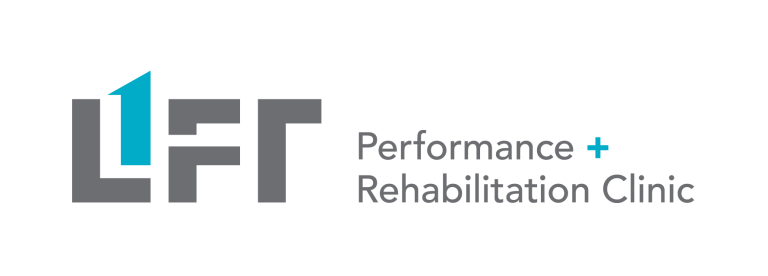By Travis Dodds, Physiotherapist and Founder of Lift Clinic
You just tore your ACL. You’ve been told you need surgery. But… do you?
As a physiotherapist working with high-level athletes in Vancouver, I’ve seen firsthand that the path back to sport after an ACL injury isn’t always so black and white.
The key message? Surgery isn’t the only option for everyone. At Lift Clinic, we help active people explore the full spectrum of care empowering them to return to performance on their terms.
Speaking of which, an Australian researcher named Stephanie Filbay who specializes in understanding non-surgical vs surgical ACL rehabilitation, developed a website to help clients like you understand the decision-making process. Check it out here: https://www.aclinjurytreatment.com/
But first, read on for the big picture.
Who Can Return to Sport Without an ACL
There’s a growing body of evidence that some individuals can return to sport without reconstructive surgery. These people fall into two categories:
- Copers: People who regain stability, strength, and confidence after rehab and return to their previous activity level—even high-performance sport—without episodes of instability.
- Adapters: Individuals who modify their activity (e.g., reduce pivoting/cutting movements) but can still participate in sport or exercise comfortably.
In my own practice, I’ve worked with two ultimate frisbee athletes who were diagnosed with ACL tears but competed for Team Canada at the World Junior Ultimate Championships before eventually opting for surgery.
What made them successful? Both were highly motivated, used custom-fitted ACL braces, and trained hard—year-round strength and conditioning, neuromuscular rehab, and regular check-ins.
They weren’t just physically prepared; they had psychological confidence and trust in their bodies. You could call them copers, but they still felt that it was important to them to get the surgery done for a lasting solution and the opportunity to push themselves to new heights.
That said, I’ve also seen non-copers—people who looked great in a clinic test setting, but couldn’t trust their knee in game situations.
One client struggled with instability when landing from a jump or trying to decelerate and change direction. It’s a reminder that testing and clinical signs matter, but so do real-world function and the demands of the sport.
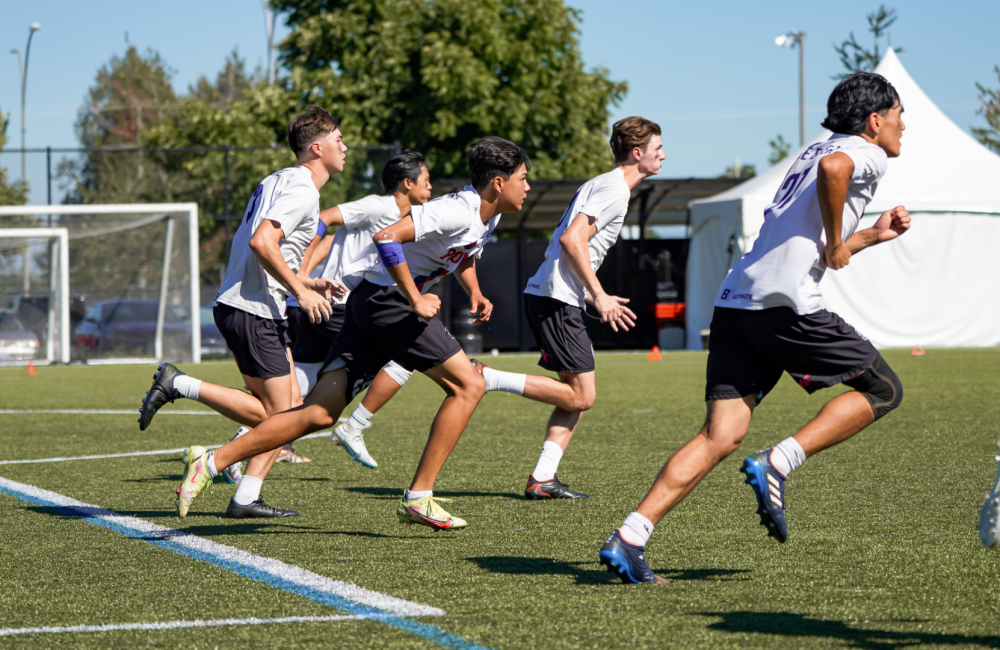
When Is Surgery the Better Option?
Surgical ACL reconstruction remains the best route for some individuals—particularly those with high functional demands, persistent instability, or significant structural damage.
In my clinical experience, the decision usually becomes clear when someone isn’t able to function at the level they want, especially in pivoting or high-speed sports and they’re not seeing meaningful progress through rehab alone.
While we used to push people into surgery quickly, we now often support clients through a focused, three-month rehabilitation trial.
This period isn’t wasted time, it helps them build strength, regain movement, and often brings clarity.
Gains in strength during this “pre-hab” phase have also been shown to benefit long-term outcomes for those who eventually choose surgery, leading to improved post-op recovery and confidence.
Whether or not they proceed with reconstruction, they come out of that period stronger and better prepared for what’s next.
What Does Non-Surgical ACL Rehab Look Like?
Our rehab model includes four phases—from early mobility and strength development to sport-specific drills and full return to play. But what really sets our process apart is the collaboration between your physiotherapist and your strength coach.
Clients often ask: “Why see a strength coach if I already have a physio?” It’s a great question—and an important one.
- Your physiotherapist focuses on injury-specific assessment, early-stage rehab, manual therapy, and progressive loading for the affected knee. Their role is broad and will delve into understanding root causes too – what other areas of the body should you be working on to better support functional movement and ensure the knee is one part of a well-oiled machine. As an example, we often find limitations in lumbopelvic motion that are negatively affecting hip movements, which in turn put the knee in a more vulnerable position.
- Your strength coach, on the other hand, spends 100% of their time on exercise. They’ll help build full-body strength, reintroduce high-level movements like cutting, deceleration, jumping, and landing, and ultimately help you return to sport a better, more resilient athlete.
- Your chiropractor or RMT will play specific roles from time to time, usually on suggestion from your physio or strength coach. Typically, chiro will get involved to complement the root cause assessment/treatment from physio, whereas RMT will help decrease some tension in the leg if certain muscles seem to be affecting your function/movement.
- Pro-tip: if you’re getting some knee or hip pain after surgery, sometimes RMT can really help – and if you get up and down off the table to retest your movement (e.g. squat depth to pain), you can learn which muscles may be most likely to benefit from loosening up prior to your workouts.
Even though some clients have extended health benefits for physio but not for kinesiology or strength coaching, it’s important to see the bigger picture. The two roles are complementary.
When our physios and strength coaches collaborate—sharing updates, goals, and observations, clients get a more complete and efficient return-to-play plan.
I like to encourage people to think, if you’re going to be away from sport, this is a time you can build yourself up to really come back stronger.
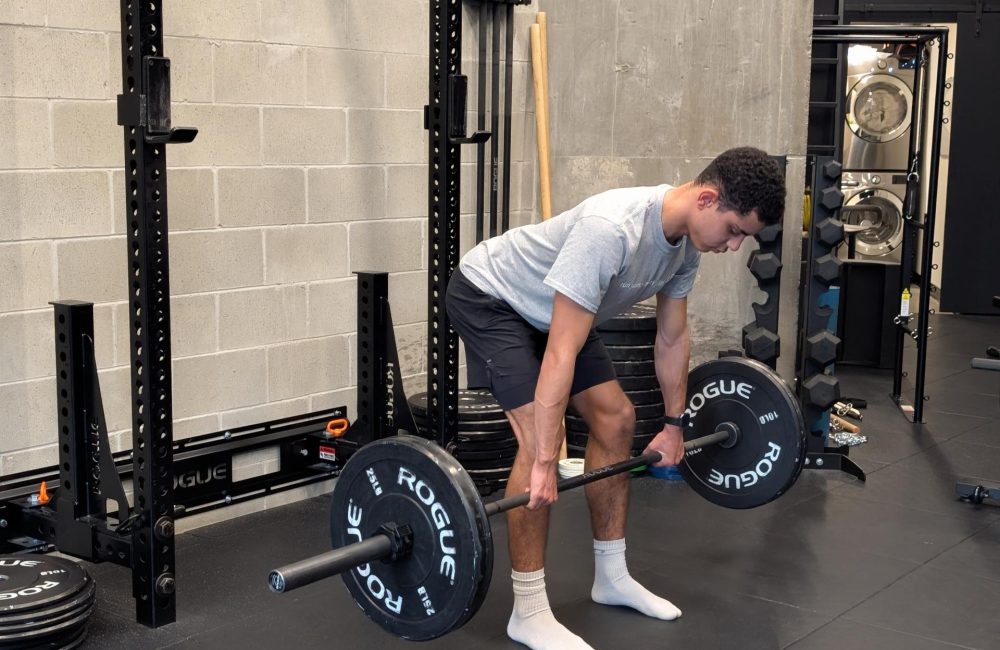
Testing Isn't Optional - It's the Roadmap
One of the most important components of non-surgical ACL rehab is objective testing. It’s not just about how your knee feels, it’s about whether it performs.
Testing matters because symmetry in strength, balance, and hop performance is strongly linked to better return-to-sport outcomes.
We don’t just rely on timeframes anymore, modern rehab protocols have shifted from generic, timeline-based programs to criteria-based phases. That means you don’t move to the next phase just because a month has passed, you advance when you’ve met specific benchmarks in strength, mobility, and function.
As a clinician, I explain to clients that these tests aren’t just gatekeepers, they’re feedback. They tell us what’s working, what still needs attention, and when you’re truly ready to take on more.
Passing a hop test or strength test isn’t just a box to check—it’s a sign that your body is ready to handle more demand.
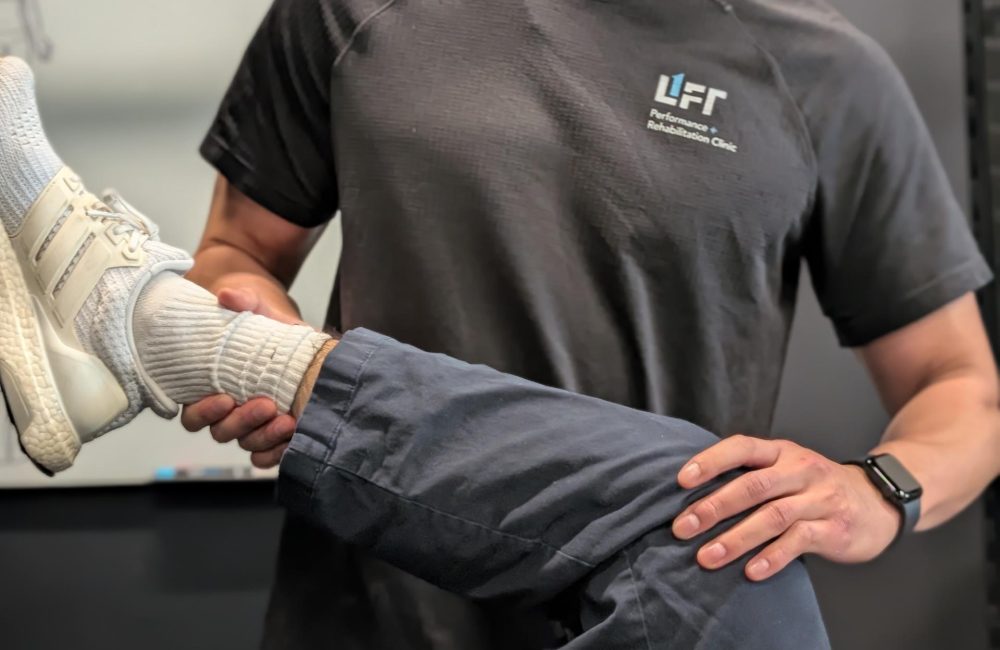
Is Bracing a Good Alternative to Surgery or High-Quality Rehabilitation for ACL return to play?
While custom-fitted bracing can provide support and enhance stability during ACL rehabilitation, especially for potential “copers”, it is not a standalone solution or substitute for structured, high-quality rehabilitation.
Bracing may help select individuals return to sport in the short term, but evidence shows it does not reliably prevent secondary injuries (e.g. meniscus or cartilage damage) or restore long-term knee stability.
In contrast, high-quality rehab guided by objective testing and strength development has shown comparable knee function outcomes to surgery for some, and prehab can improve surgical outcomes if reconstruction becomes necessary.
Ultimately, bracing can be a helpful tool within a comprehensive rehab plan, but it should not replace active treatment or be relied on in isolation—especially for athletes returning to cutting or pivoting sports.
Can Bracing Help a Non-Coper Become a Coper?
In some cases, yes—but it’s not guaranteed.
Functional bracing can support knee stability during rehab and sport-specific activities, and for some athletes, it can reduce episodes of giving way.
For certain “potential copers,” bracing—combined with structured strength training and neuromuscular rehab may help them meet the criteria for safe return to sport without surgery. However, bracing alone is unlikely to convert a true non-coper into a reliable coper if underlying instability persists.
For those who continue to experience instability despite rehab and bracing, surgery often becomes the most reliable path back to cutting and pivoting sports.
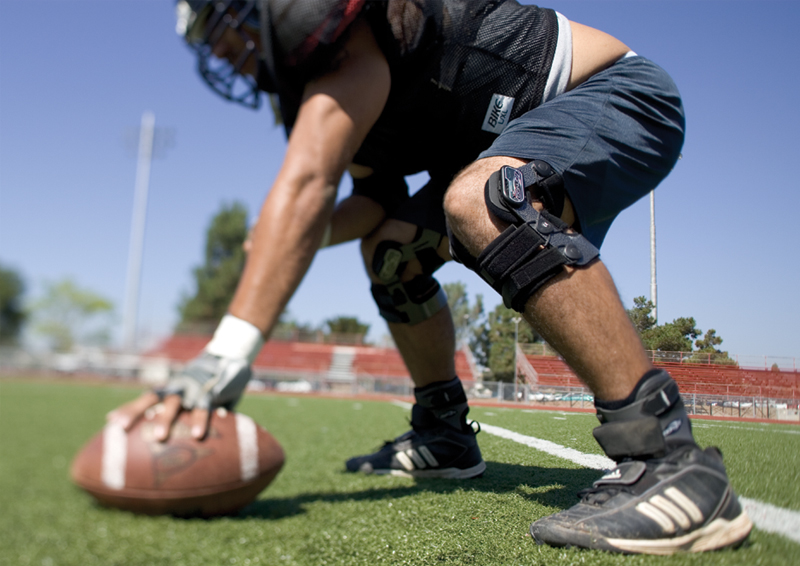
The Bottom Line: You’ve Got Options—And a Team Behind You
An ACL injury is no joke. Taking it seriously and doing your best through every phase of recovery—whether surgical or non-surgical—can significantly improve your chances of a successful return to sport.
If you have a key event coming up or want to explore conservative rehab first, that path can make sense. You’ll gain strength, clarity, and confidence—whether or not you ultimately decide to get reconstruction.
If you’re more of an “adapter” and you want to avoid surgery but make smart choices, get strong and carry on being active while modifying your sport activities, non-surgical rehab may really be right for you and doesn’t carry much risk.
Looking to the future, we may see more robust non-surgical options become more common, such as the promising Cross-bracing protocol that has shown increased rates of ACL healing for carefully selected individuals.
For now, success comes down to having a carefully guided plan, working with an experienced team, being clear on your risks and options, and knowing when the time is right to move forward with either path.
At Lift Clinic, our integrated team is here to guide you, step by step, phase by phase, toward the strongest, safest version of you.
Whether you’re facing a new ACL injury or trying to get back to sport on your terms, our integrated team of Vancouver Physiotherapists, Strength Coaches, Chiropractors, and Massage Therapists is ready to help. Book your first appointment today and discover what’s possible with a smarter approach to ACL rehab.
Need support?
Book a physiotherapy assessment, Clinical Pilates session, or complimentary training consult today!
